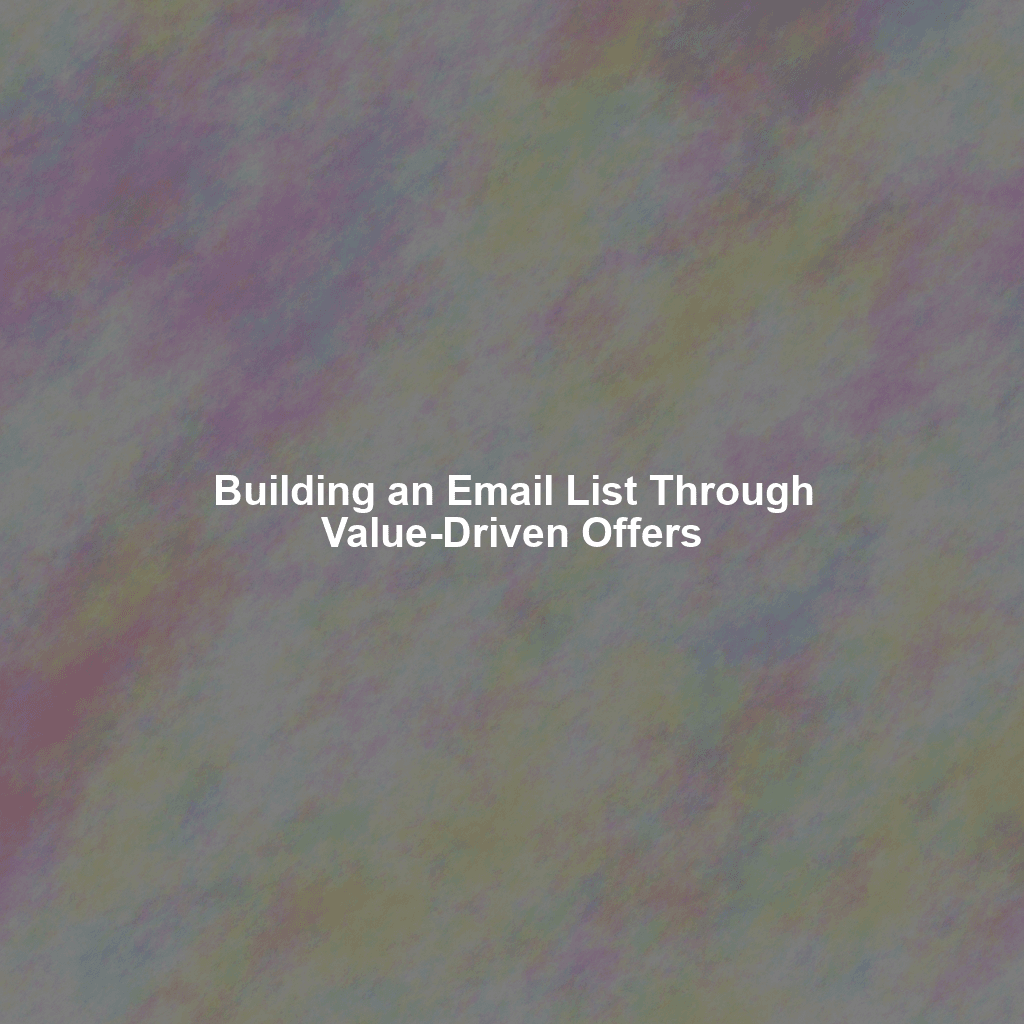Why Content is Indispensable for Product Launches
A content-driven approach is essential for a successful launch. Here’s a deeper look at its strategic importance:
- Builds Anticipation: Teaser content, released in the weeks leading up to the launch, creates buzz. It generates excitement. Think sneak peeks, behind-the-scenes glimpses, and subtle hints about key features. This creates a sense of impending discovery.
- Educates Your Audience: Content explains the problem your product solves. It shows how it improves upon existing solutions. Explainer videos, informative blog posts, and detailed comparison guides help potential customers understand your offering’s true value. This empowers informed decision-making.
- Demonstrates Value: Don’t just tell; show. Case studies, authentic testimonials, and free trials allow customers to experience your product’s benefits firsthand. This builds trust and proves utility.
- Drives Engagement: Interactive content keeps your audience engaged. Quizzes, polls, and contests encourage participation. They also prompt users to share your message, expanding your organic reach.
- Boosts SEO: Creating high-quality, keyword-rich content improves your search engine rankings. This makes it easier for potential customers to find your product organically. For best practices in SEO, consult resources from Google’s own SEO Starter Guide.
- Nurtures Leads: Content marketing allows you to capture leads. Gated content, informative webinars, and targeted email newsletters help nurture these leads. They guide prospects until they are ready to convert into customers.
- Extends Launch Lifespan: Evergreen content provides lasting value. Tutorials and comprehensive FAQs continue to attract traffic and generate sales long after the initial launch date. This ensures sustained interest and revenue.
Essential Content Types for Product Launches
A diverse range of content formats effectively supports your product launch. Consider these key types across different phases:
Pre-Launch Content: Building the Hype
This phase focuses on generating excitement and curiosity.
- Teaser Videos: Short, visually appealing videos hint at the product’s features and benefits without revealing everything. They are perfect for social media platforms.
- “Coming Soon” Landing Pages: A dedicated landing page acts as a central hub. It includes a countdown timer, an email signup form, and a brief product overview. This captures early interest.
- Blog Posts: Articles address problems your product solves. They discuss relevant industry trends. They offer behind-the-scenes insights into the development process.
- Social Media Posts: Regular updates on social media channels are crucial. Use relevant hashtags and engaging visuals to build excitement.
- Email Marketing: Targeted email campaigns provide exclusive updates to subscribers. They offer early access opportunities, rewarding early adopters.
Launch Day Content: Making a Splash
This is the moment of revelation, where your product takes center stage.
- Press Release: A formal announcement distributed to media outlets aims to generate widespread coverage. This establishes official communication. For guidance on effective press releases, refer to journalistic standards or public relations resources.
- Product Page: A comprehensive page on your website provides detailed product information. This includes features, benefits, pricing, and specifications. It’s the ultimate resource for interested buyers.
- Launch Video: A high-quality video showcases the product in action. It highlights its key selling points visually and compellingly.
- Blog Post Announcement: A dedicated blog post officially announces the launch. It invites readers to learn more and explore the product.
- Social Media Campaign: A coordinated social media campaign amplifies the launch message. It drives traffic directly to the product page.
- Webinar or Live Event: A live event allows for real-time interaction. You can demonstrate the product, answer questions, and engage directly with your audience.
Post-Launch Content: Sustaining Momentum
The launch isn’t the end; it’s the beginning of ongoing engagement.
- Tutorials and How-To Guides: Content that helps users maximize product utility. It addresses common questions and simplifies complex features.
- Case Studies: Real-world examples demonstrate how your product has helped customers achieve their goals. This provides tangible proof of value.
- User Reviews and Testimonials: Authentic reviews and testimonials from satisfied customers build social proof and trust.
- FAQ Page: A comprehensive FAQ page answers common questions about the product. This reduces customer support inquiries.
- Blog Posts: Articles explore different use cases for your product. They discuss industry trends or offer tips and tricks for optimal use.
- Email Marketing: Ongoing email campaigns nurture leads. They promote new features and encourage repeat purchases, fostering long-term customer relationships.
Developing a Content Strategy for Product Launches: A Step-by-Step Guide
Creating a successful content strategy for a product launch demands careful planning and precise execution. Here’s a step-by-step guide to ensure impact:
- Define Your Target Audience: Who are you trying to reach? What are their specific needs, interests, and pain points? A deep understanding of your audience ensures your content resonates effectively.
- Set Clear Goals: What do you aim to achieve with your content strategy? Is it increased brand awareness, lead generation, or direct sales? Clearly defined goals allow for measurable success.
- Determine Your Key Messages: What are your product’s core selling points? What fundamental problem does it solve? Identify the essential messages you want to communicate, ensuring clarity and consistency.
- Choose Your Content Formats: Which content formats will best resonate with your target audience and help achieve your goals? Consider factors like budget, available resources, and audience preferences.
- Create a Content Calendar: Plan your content well in advance. Schedule it for publication. A content calendar helps maintain organization and ensures a consistent flow of valuable content.
- Optimize Your Content for SEO: Conduct thorough keyword research. Naturally incorporate relevant keywords into your content to improve search engine rankings and visibility. For authoritative guidance, refer to SEMrush’s guide to SEO basics.
- Promote Your Content: Don’t just create; distribute. Share your content across social media, email, and other relevant channels to reach the widest possible audience.
- Measure Your Results: Track key metrics diligently. Monitor website traffic, lead generation, and sales to assess your content strategy’s effectiveness.
- Analyze and Iterate: Use your data to identify what’s working and what isn’t. Adjust your strategy accordingly, embracing a continuous improvement mindset.
Optimizing Your Content for Maximum Impact
Creating great content is only half the battle. You must also optimize it to ensure it reaches the right audience and achieves your objectives. Here are key optimization tips:
- Keyword Research: Use specialized tools to identify terms your target audience searches for. Integrate these keywords naturally into your content for organic discoverability.
- Compelling Headlines: Craft attention-grabbing headlines. These entice readers to click on your content and learn more.
- High-Quality Visuals: Use visually appealing images, engaging videos, and informative graphics. These enhance your content and keep readers engaged.
- Mobile Optimization: Ensure your content is fully optimized for mobile devices. A significant portion of your audience will view it on smartphones or tablets. Responsive design is non-negotiable.
- Clear Calls to Action: Include clear and concise calls to action (CTAs). Tell readers exactly what you want them to do next, such as “Learn More,” “Sign Up,” or “Buy Now.”
- Shareable Content: Make it easy for readers to share your content on social media. Include prominent social sharing buttons.
- Accessibility: Ensure your content is accessible to everyone, including individuals with disabilities. Use descriptive alt text for images, provide accurate captions for videos, and employ clear, concise language throughout. For web accessibility standards, consult the W3C Web Accessibility Initiative (WAI).
Common Mistakes to Avoid in Content Strategy
Even with the best intentions, certain common mistakes can derail your content strategy. Be vigilant and avoid these pitfalls:
- Lack of a Clear Strategy: Don’t create content aimlessly. Always have a clear plan with defined goals and a specific target audience.
- Excessive Self-Promotion: Focus on providing genuine value to your audience. Avoid simply pushing your product. Content should inform and engage, not just advertise.
- Ignoring SEO: Failing to optimize your content for search engines severely limits its reach and discoverability.
- Neglecting Promotion: Creating excellent content is useless if no one sees it. Actively promote your content across social media, email, and other relevant channels.
- Not Tracking Results: You cannot improve what you don’t measure. Track your key metrics to assess your content strategy’s effectiveness and identify areas for improvement.
- Inconsistency: A sporadic content schedule fails to build momentum or maintain audience engagement. Maintain a consistent publishing schedule to keep your audience connected.
The Future of Content and Product Launches
The landscape of content marketing is in constant evolution. Emerging trends are shaping the future of product launches. These include AI-powered content creation, highly personalized content experiences, and immersive technologies. Staying ahead of the curve and embracing these innovations will be crucial for sustained success. As content continues to evolve, prioritize creating authentic, engaging, and genuinely valuable experiences for your audience. By focusing on their needs and providing the information they seek, you can build trust, drive engagement, and ultimately achieve your business objectives.
Conclusion
Content is no longer merely a supporting element for product launches; it is the fundamental driving force behind them. By meticulously crafting a strategic content plan, you can effectively build anticipation, thoroughly educate your audience, compellingly demonstrate value, and decisively drive sales. Embrace the transformative power of content marketing. Watch your product launch ascend to unprecedented heights. Remember to continuously analyze your results and adapt your strategy. This ensures you stay ahead in the ever-changing digital landscape. Check out contenthurricane.com to see how AI can help you generate high-quality, expert-level content at scale for your WordPress site. #ProductLaunch #ContentMarketing #SEOStrategy #DigitalMarketing #BrandAwareness #LeadGeneration #MarketingStrategy #ROI #ContentHurricane #BusinessGrowth
 Skip to content
Skip to content

